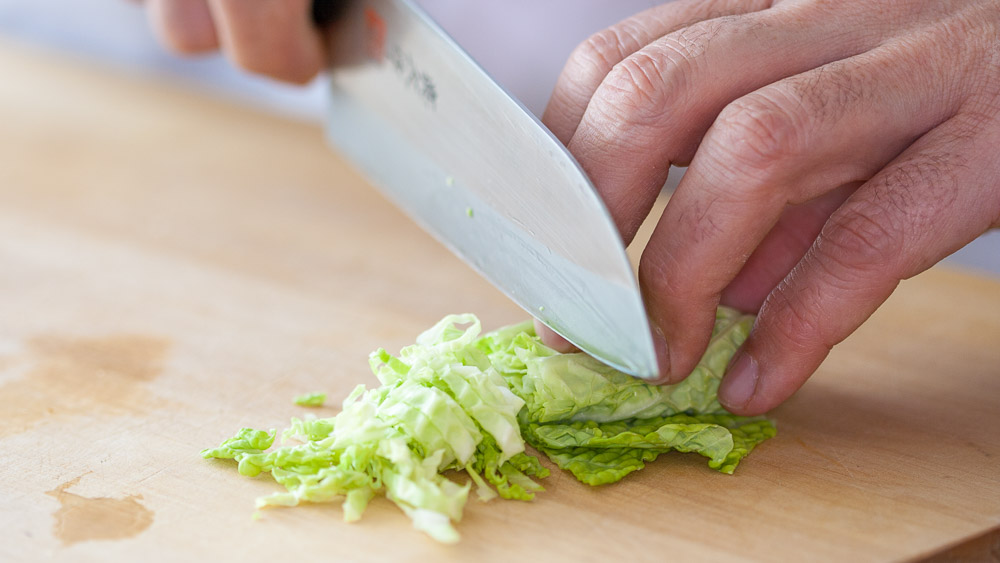When it comes to enjoying a perfect steak dinner, knowing how to properly cut a steak with a fork and a knife is an essential skill. Its not just about taste; its also about etiquette and efficiency. Whether you’re new to the kitchen or a professional chef, having the right technique makes a tremendous difference. In this article, well explore the steps to cutting steak like a pro, and youll find yourself delighted to acquire this culinary skill.

Why Learning Steak Cutting Skills Matters
Mastering the art of cutting steak isnt only about style or sophistication. It helps in:
- Getting the most out of your steak without wasting meat.
- Enhancing your dining table etiquette.
- Preventing potential accidents such as cuts or slipping utensils.
Essential Tools Youll Need
The right tools can transform your steak-cutting experience:
- Sharp Knife: Ensure you choose a serrated or steak knife for clean, effortless cuts.
- Strong Fork: Use a fork with long prongs to hold the steak firmly.
- Proper Plate: A flat, stable plate ensures the steak stays in position.
Tips for Choosing the Right Knife
Different knives serve different purposes. To cut steak properly, opt for a steak knife that is both sharp and sturdy. For more about choosing good knives, check out cut paper with a knife.
Step-By-Step Guide on How to Properly Cut a Steak
1. Position the Steak
Place the steak in the center of the plate, ensuring stability. Use your fork to pin the meat down gently but firmly.
2. Hold the Fork Correctly
Grip the fork firmly, placing your index finger along the back. This prevents slippage while cutting.
3. Angle the Knife
Hold the knife at a slight angle to ensure smooth slicing. Do not saw; instead, use steady, back-and-forth motions. For additional slicing tips, refer to cut carrot for salad.
4. Cut Against the Grain
This is crucial! Cutting against the grain, or the direction of the meats fibers, makes the steak more tender and easier to chew.
5. Serve Bite-Sized Pieces
For the best eating experience, cut small, manageable bites one at a time. This promotes proper dining etiquette.
Techniques for Maintaining Knife Safety
Its vital to avoid injuries when using sharp tools. Follow these guidelines:
- Always hold the knife handle with a firm grip.
- Cut away from yourself to prevent accidents.
- Keep your non-dominant hands fingers curled inward while holding the fork.
If accidents do occur, you can find guidance on treating minor cuts at treat minor cuts.
Common Mistakes to Avoid
- Over-sawing: Excessive sawing can ruin the texture.
- Using dull knives: A dull blade requires more effort and increases the likelihood of slipping.
- Improper fork technique: Holding the fork too loosely can disturb the steaks stability.
Practice Makes Perfect
Improving your steak-cutting skills takes time. Start with smaller, tender cuts of meat to build confidence. Over time, youll adapt and develop fluid motions.
FAQs
Is there a specific knife angle recommended?
Yes, aim for a 30-45 degree angle to ensure smooth slicing.
Why should I cut against the grain?
This technique breaks down the meat fibers, making the steak more tender and chewable.
How do I know if my knife is sharp enough?
Try slicing a piece of paper. If the knife cuts smoothly, its sharp. Learn more by visiting cut with a knife.

Final Thoughts
Understanding how to properly cut a steak with a fork and a knife improves your dining experience and showcases your culinary etiquette. By following these tips and practicing regularly, youll soon master this tremendous skill. Ready to take your kitchen expertise further? Grab a sharp knife, a sturdy fork, and delight yourself by cutting steak like never before!
This article contains affiliate links. We may earn a commission at no extra cost to you.


